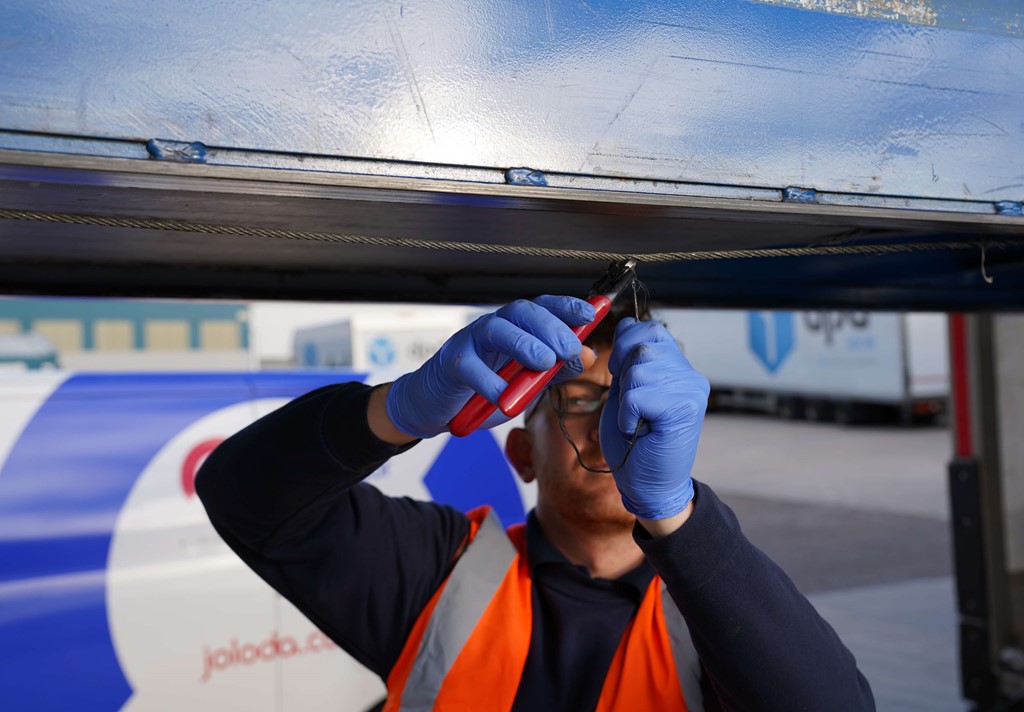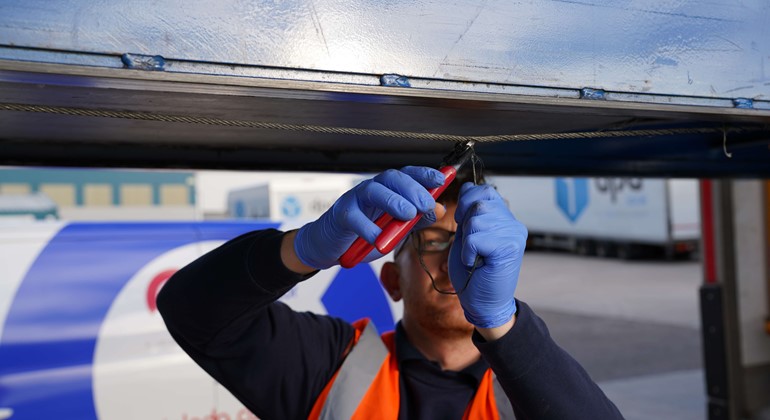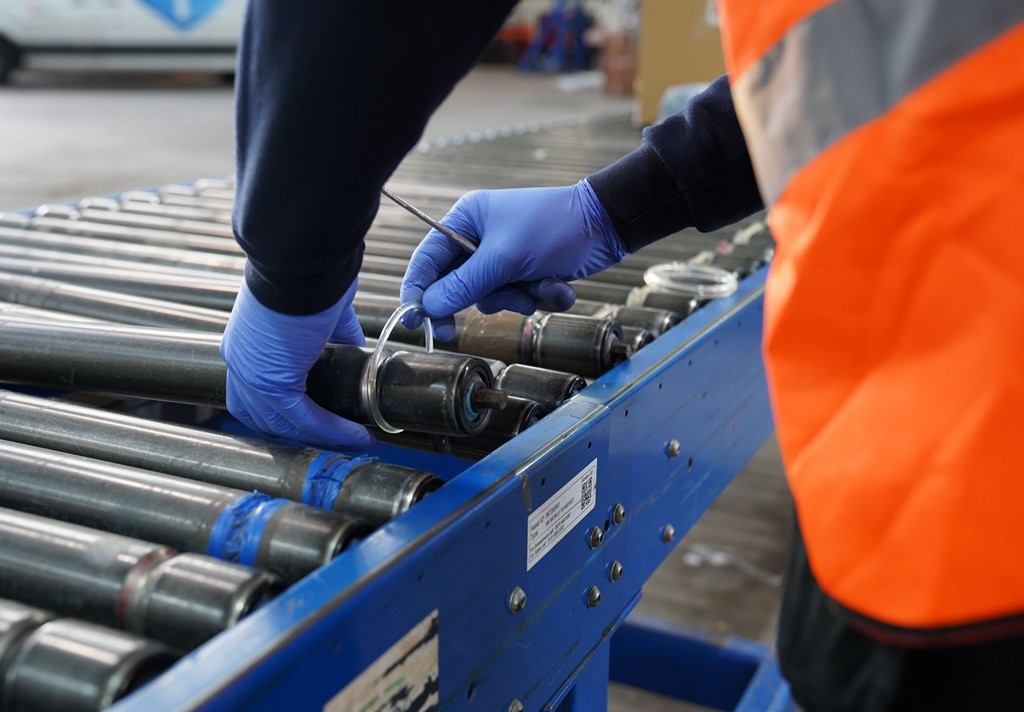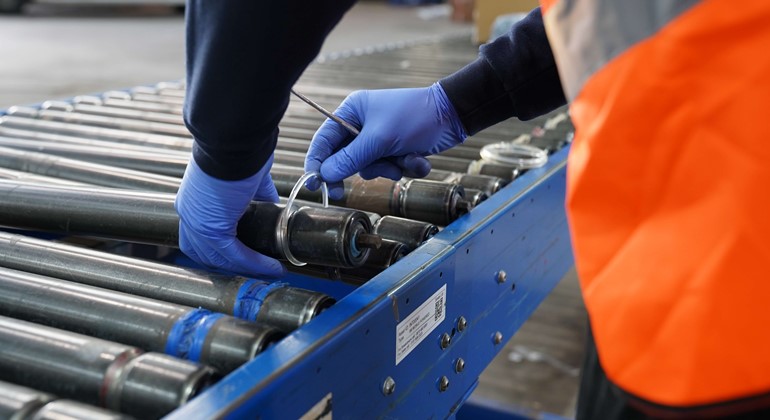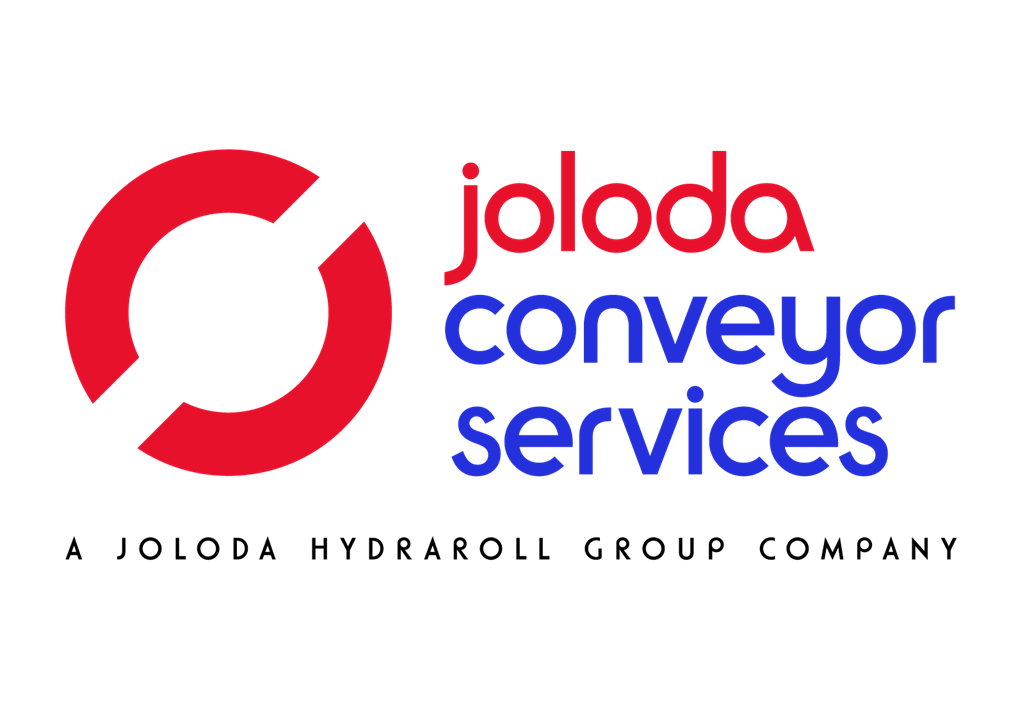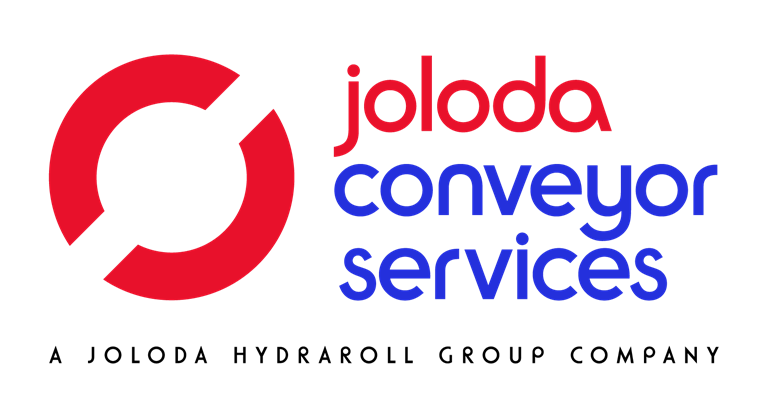Our process comprises four steps: understand, plan, maintain, and review.
Understand: The first phase is to thoroughly understand the requirements, goals, and challenges related to the servicing of your conveyor system. We gather essential information about your system's components, usage patterns, and historical care records. Additionally, we work closely with you to identify key performance indicators (KPIs) and benchmarks to measure the success of our efforts.
Plan: The next step is to develop a well-thought-out upkeep plan. This program outlines the specific tasks, schedules, and resources required for preventive and reactive maintenance activities. We consider equipment criticality, care priorities, and potential risks to your operation.
Maintain: This includes regular inspections, cleaning, lubrication, adjustments, and replacements as needed. Consistent and thorough servicing practices are essential to keeping your system in optimal condition and maximising its reliability.
Review: The final step is to review and assess the effectiveness of our work regularly. It involves analysing maintenance data, KPIs, and performance metrics to evaluate the health of your system and the efficiency of our plan. By reviewing the data, we can identify trends, pinpoint recurring issues, and make data-driven decisions for process improvement. We further adjust and optimise the program based on the outcomes to enhance your system's performance and longevity.
The iterative nature of our four-step process ensures that maintenance activities are continually refined and aligned with the evolving needs of your conveyor system.
Don't wait for unpleasant surprises or downtime to strike. Take control of your conveyor system's performance and reliability with Joloda Conveyor Service's pre-planned maintenance. Contact us now to schedule a free assessment and secure the optimal operation of your system.


